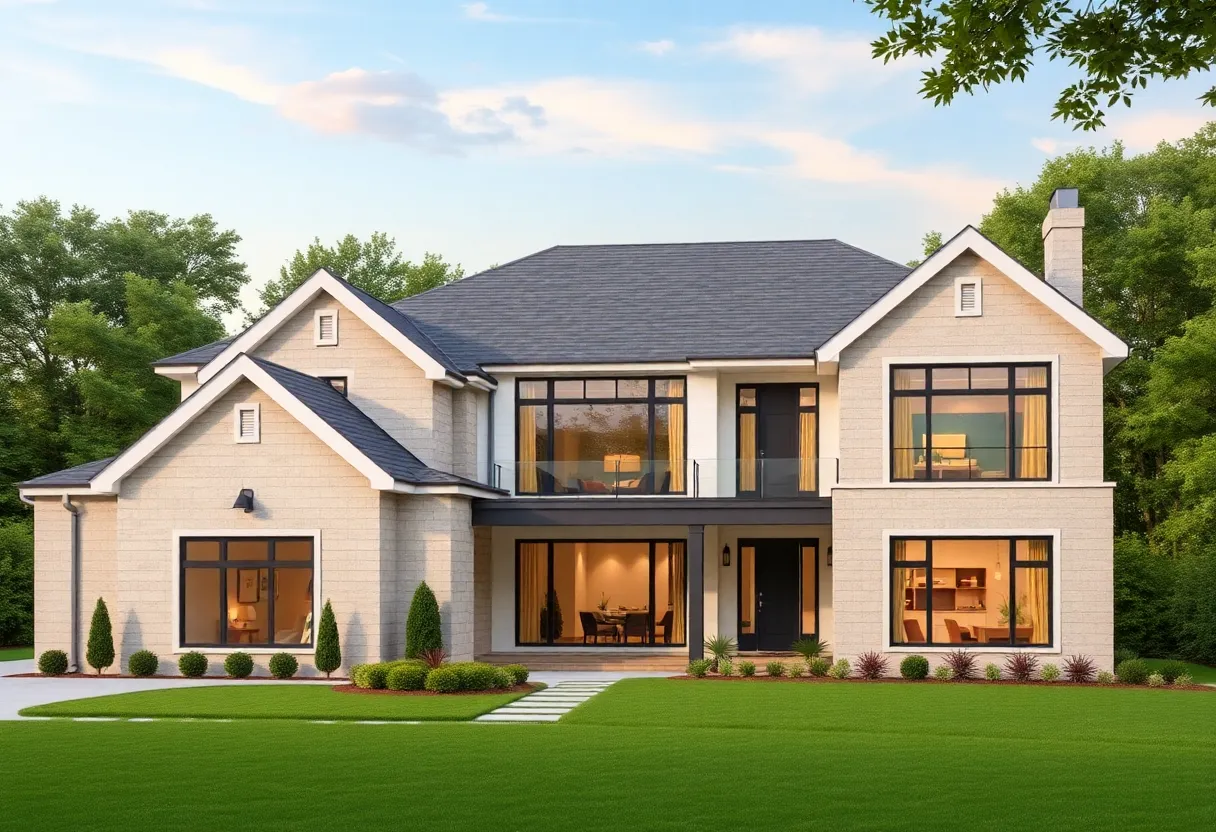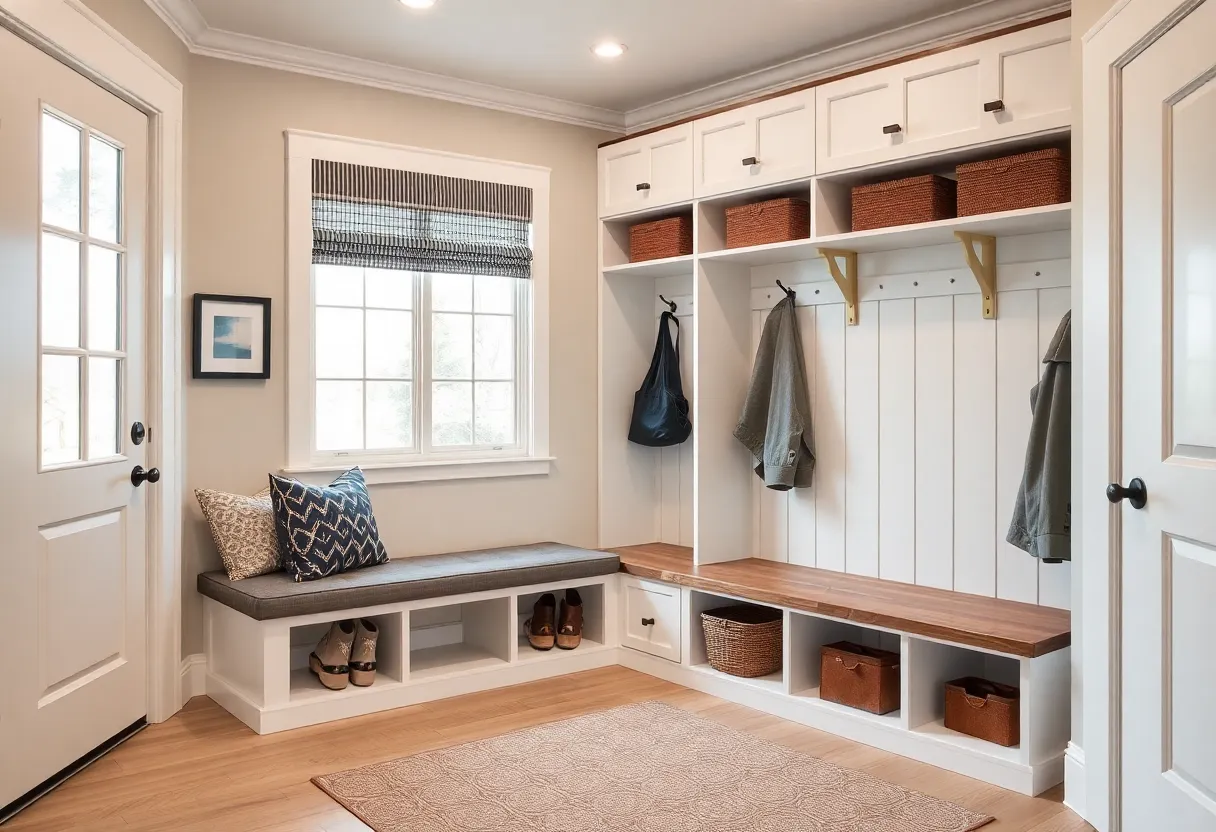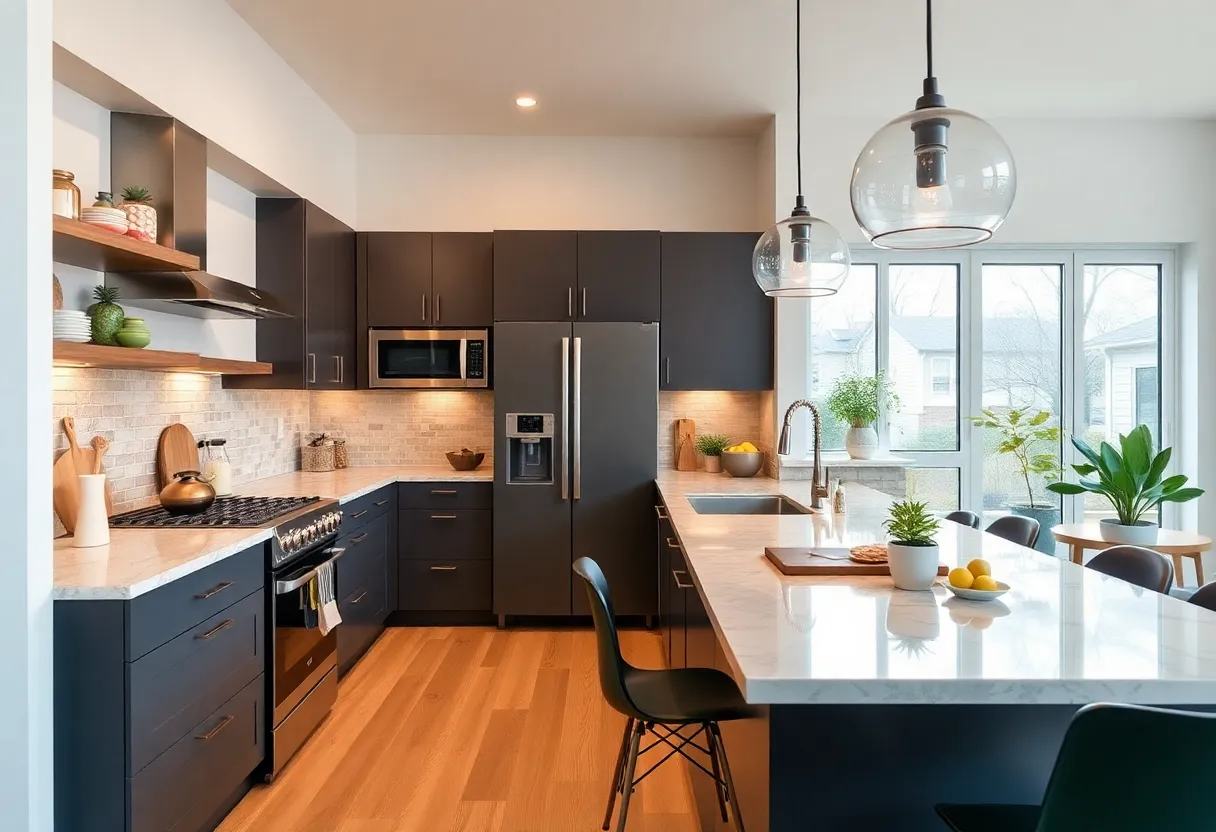What Are the Essential Steps for Choosing the Right Custom Home Design?
Designing a custom home is a significant undertaking that requires meticulous planning and decision-making. It is an intricate blend of aesthetic preferences, functional needs, and budget considerations. Navigating this process efficiently demands a structured approach to ensure the final design aligns with your lifestyle and vision. This article outlines the essential steps to guide you through selecting the right custom home design.
Understanding Your Needs and Objectives
Define Your Lifestyle and Priorities
Start by evaluating your current lifestyle, future plans, and specific needs. Consider factors such as family size, work-from-home requirements, entertainment spaces, and accessibility. Identifying your must-have features helps set a clear foundation for your design.
Establish Clear Goals and Constraints
Clarify your primary objectives—whether it’s maximizing space efficiency, incorporating eco-friendly features, or creating a luxury environment. Additionally, acknowledge constraints such as lot size, local zoning laws, and budget limits. Understanding these boundaries prevents costly redesigns later.
Assessing the Building Site and Its Implications
Site Analysis
A comprehensive site assessment is vital. Consider topography, soil stability, sun exposure, wind patterns, and views. These factors influence the home’s orientation, natural lighting, and overall design approach.
Environmental and Regulatory Considerations
Research local building codes, setback requirements, and environmental restrictions. Ensuring compliance from the outset reduces delays and legal complications. Also, evaluate environmental sustainability options such as renewable energy sources and passive cooling strategies.
Developing a Realistic Budget
Determine Total Construction Costs
Establish a comprehensive budget covering design fees, permits, construction, landscaping, and interior finishes. Unanticipated expenses are common; therefore, incorporate a contingency fund of at least 10-15%.
Align Design Goals With Financial Capacity
Prioritize features based on budget constraints. Understand that more complex designs or high-end finishes significantly impact costs. Maintaining flexibility is crucial to avoid compromising essential aspects of your vision.
Collaborating With Professionals
Engage Qualified Architects and Designers
Choose professionals with experience in custom residential projects similar to your vision. Review their portfolios, ask for references, and ensure their design philosophy aligns with your goals.
Select Reputable Contractors and Builders
An experienced builder ensures your design materializes as intended. Obtain multiple bids, verify credentials, and evaluate their previous work quality and reliability.
Design Development and Conceptualization
Creating Preliminary Concepts
Work with your design team to develop initial sketches and floor plans. This phase involves exploring various layouts, styles, and features. Use 3D modeling tools for a clearer visualization.
Refining the Design
Iterate on initial concepts by incorporating feedback. Focus on optimizing natural light, traffic flow, and spatial relationships.Ensure that the design adheres to your priorities and site constraints.
Prioritizing Functionality and Aesthetics
Balance Form and Function
The ideal design harmonizes aesthetics with practicality. Consider daily routines, future needs, and lifestyle habits to ensure the space functions seamlessly.
Incorporate Flexibility
Design spaces adaptable to future modifications. This approach ensures longevity and relevance amid changing circumstances.
Material and Finish Selection
Choosing Durable and Sustainable Materials
Opt for materials that meet sustainability standards, durability, and maintenance requirements. Quality selections not only enhance aesthetics but also minimize long-term costs.
Coordinate Interior and Exterior Finishes
Ensure consistent style and color schemes. Effective material choices elevate the home’s overall appearance and cohesion.
Reviewing and Finalizing the Design
Conduct Comprehensive Reviews
Meticulously examine all plans, specifications, and cost estimates. Involve all stakeholders in the review process to prevent overlooked details.
Addressing Changes and Approvals
Make necessary adjustments based on feedback and regulatory requirements. Secure all approvals before construction begins.
Planning the Construction Timeline and Process
Create a Realistic Schedule
Work with your project manager to develop a timeline. Include milestones for permits, foundation, framing, inspections, and finishing phases. Planning for delays ensures smoother progress.
Monitoring and Communication
Establish clear communication channels. Regular site visits and progress reports facilitate early detection of issues, maintaining timeline integrity.
Post-Construction Considerations
Inspection and Quality Control
Conduct thorough walkthroughs to ensure the project meets design specifications. Address punch list items promptly.
Maintenance and Upgrades
Develop a plan for routine maintenance and future upgrades. Proper upkeep prolongs the life and value of your custom home.
Conclusion
Choosing the right custom home design is a systematic process that hinges on understanding your needs, assessing the site, and collaborating with skilled professionals. Proper planning, realistic budgeting, and diligent review ensure the home you envision becomes a tangible reality. Each step demands careful attention to detail, balancing aesthetics with functionality, and aligning design choices with financial and site constraints. Undertaking this journey methodically will result in a personalized, enduring residence tailored precisely to your lifestyle.
Author: STAFF HERE WASHINGTON DC
The WASHINGTON DC STAFF WRITER represents the experienced team at HEREWashingtonDC.com, your go-to source for actionable local news and information in Washington, DC, and beyond. Specializing in "news you can use," we cover essential topics like product reviews for personal and business needs, local business directories, politics, real estate trends, neighborhood insights, and regional news affecting the area—with deep expertise drawn from years of dedicated reporting and strong community input, including local press releases and business updates. We deliver top reporting on high-value events such as the National Cherry Blossom Festival, Kennedy Center Honors, and the Washington Auto Show. Our coverage extends to key organizations like the Greater Washington Board of Trade and Destination DC, plus leading businesses in government contracting and technology that power the local economy such as Lockheed Martin and Amazon. As part of the broader HERE network, we provide comprehensive, credible insights into the dynamic landscape of the Washington metropolitan area.





